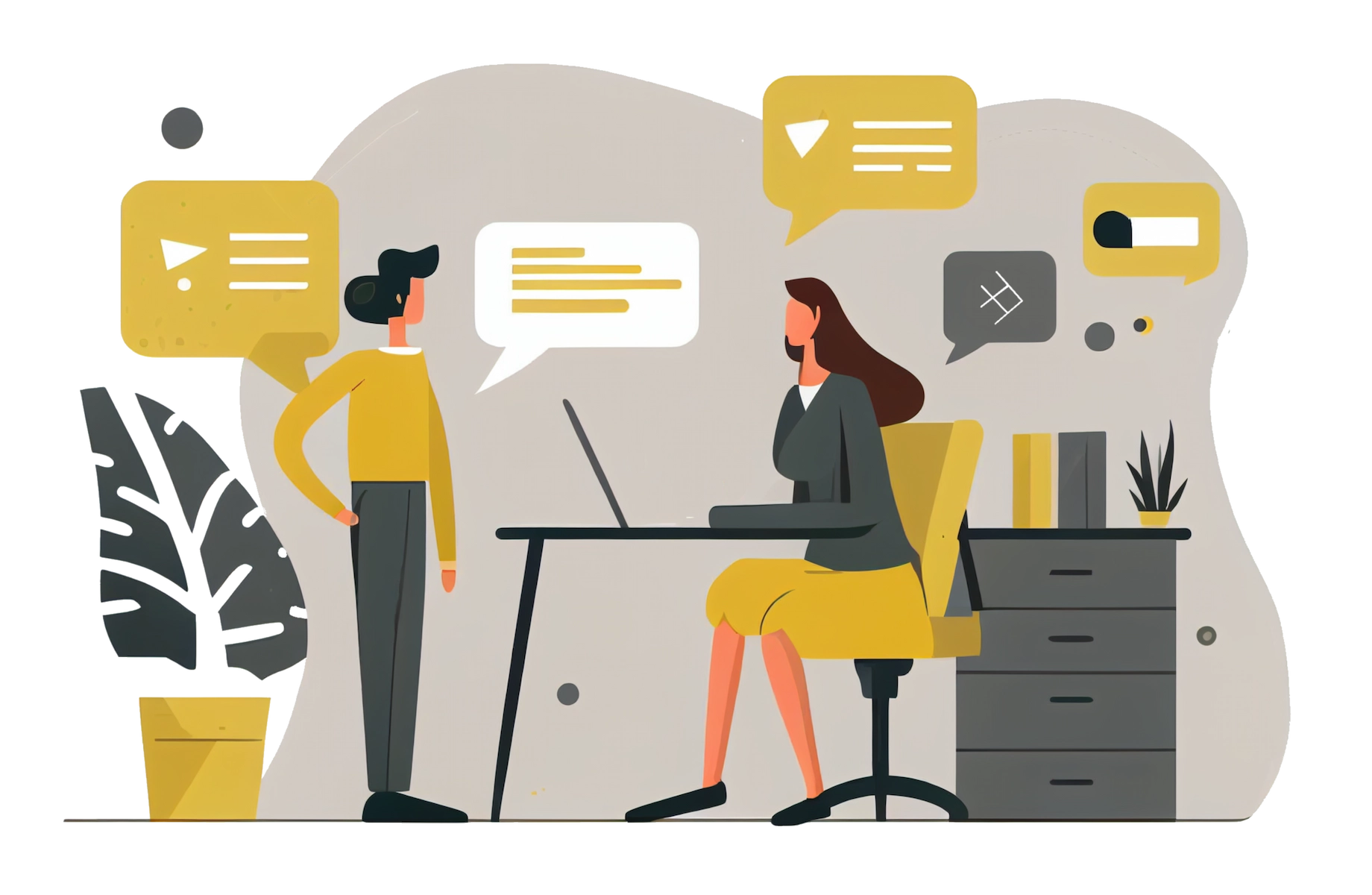How to Practice Active Listening
 Maria (from Productive Fish)
Maria (from Productive Fish)
Active listening requires that the listener completely focuses on the speaker during a conversation, a lecture or a meeting and be engaged the whole time. When listening actively, you’re making a conscious effort to hear every word the speaker is saying and understand the message being conveyed.
Why is Active Listening So Important
Active listening plays a critical role in effective communication and developing strong bonds with others, whether at work or in your personal life. That’s because, by proactively listening to others, fully understanding their stance and responding adequately, you’ll be able to build trust and successfully convey your ideas and opinions. By showing the speaker you care about what they say, they’ll be comfortable sharing information with you, which in turn helps enhance collaboration and create synergies. And it’s also the best way for you to uncover problems others might be facing and find solutions.
How to Practice Active Listening
Although hearing others is easy, actively listening to them can be surprisingly difficult because it requires pure concentration. That’s why to help you develop this critical skill, we’ve shared below five tips on practicing active listening.
Pay Attention to the Speaker
One of the easiest but most important active listening techniques is to focus on what the speaker says and show them you are actively listening. And to do so, you absolutely need to avoid any distractions. During your interactions, put your phone away, prevent your thoughts from wandering, shut down your internal dialogue and ignore distractions.
To show the speaker they’ve got your full attention, use non-verbal cues such as making eye contact (60 to 70% of the time), having open body language and using facial expressions. For instance, smile if they make a joke or flash your eyebrow if they’re stating a surprising fact.
Repeat What You Hear
One of the most difficult active listening exercises is to paraphrase what the speaker says instead of offering your opinion. That’s because when someone speaks, we tend to form a judgment or opinion and share our thoughts as soon as they’re finished. But remember, developing active listening skills requires you to listen without judgment and shut down your internal dialogue.
So, paraphrase what the speaker says and summarize the message they’re conveying. This will help them feel understood and validated.
For instance, you could say something like “what I’m hearing is that you find the situation frustrating and need help developing a plan of action’’.
Use Open-Ended and Probing Questions
Yes or no questions typically only produce a yes or no answer and aren’t conducive to people opening up to you and sharing critical information. Asking open-ended questions, on the other hand, will produce more thoughtful and extensive answers, making it one of the most effective active listening techniques. Besides, it will help you clarify what is being said and ensure you’ve fully understood the message.
For instance, instead of asking “do you need my help to solve the problem?’’, ask them “what would you need to solve the problem?’’
Also, using probing questions is a great way to help you uncover the speaker’s thoughts and better understand their message. Probing question examples include “why do you think this is the case?’’.
As mentioned, developing your active listening skills takes practice and dedication to improve and maintain, but it will help you enhance your relationships with others and boost your employability. Implement the active listening examples we mentioned above, and you’ll be on your way to developing one of the most important soft skills to achieve your goals!
Subscribe to my newsletter
Read articles from Maria (from Productive Fish) directly inside your inbox. Subscribe to the newsletter, and don't miss out.
Written by

Maria (from Productive Fish)
Maria (from Productive Fish)
Curious individual with a passion for marketing. Keen on productivity and work-life balance.